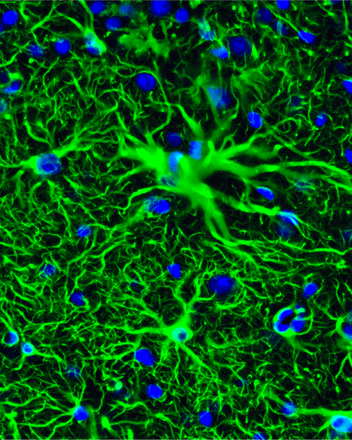Abstract:
Televised public service announcements are video ads that are a key component of public health campaigns against smoking. Understanding the neurophysiological correlates of anti-tobacco ads is an important step toward novel objective methods of their evaluation and design. In the present study, we used functional magnetic resonance imaging (fMRI) to investigate the brain and behavioral effects of the interaction between content (“argument strength,” AS) and format (“message sensation value,” MSV) of anti-smoking ads in humans. Seventy-one nontreatment-seeking smokers viewed a sequence of 16 high or 16 low AS ads during an fMRI scan. Dependent variables were brain fMRI signal, the immediate recall of the ads, the immediate change in intentions to quit smoking, and the urine levels of a major nicotine metabolite cotinine at a 1 month follow-up. Whole-brain ANOVA revealed that AS and MSV interacted in the inferior frontal, inferior parietal, and fusiform gyri; the precuneus; and the dorsomedial prefrontal cortex (dMPFC). Regression analysis showed that the activation in the dMPFC predicted the urine cotinine levels 1 month later. These results characterize the key brain regions engaged in the processing of persuasive communications and suggest that brain fMRI response to anti-smoking ads could predict subsequent smoking severity in nontreatment-seeking smokers. Our findings demonstrate the importance of the quality of content for objective ad outcomes and suggest that fMRI investigation may aid the prerelease evaluation of televised public health ads.
Authors
- Shira J. Blady
- Joseph N. Cappella
- Daniel D. Langleben
- Caryn Leman
- James W. Loughead
- Kevin G. Lynch
- Dan Romer
- Kosha Ruparel
- Andrew A. Strasser
- An-Li Wang


